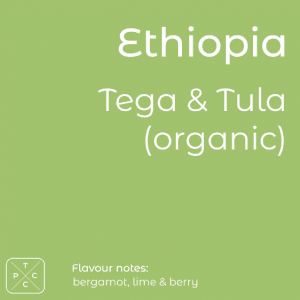
Cupping – What Makes a GOOD Cup of Coffee?
WHAT IS
COFFEE CUPPING?
Coffee has been a household staple since time immemorial. Whether a hot Americano nursed early in the morning or a frappe consumed after lunch in the afternoon, coffee has always been and will always be, well-loved.
It isn’t surprising that coffee is the well-loved beverage that it is today. Not only are its aroma and flavour quite addictive, but it also gives you the extra boost and energy you need to get through the week. That’s exactly why the popularity of coffee has only grown over time. Just think about how many coffee shops continue to spring up in cities across the globe!
The question, however, is: what makes a good cup of coffee? The classic answer would be the type of coffee beans used and where they are sourced from. But let’s take a look at what cupping (also known as coffee tasting) entails and how it determines the quality of a coffee.
Over the years, instruments have been created to assess the quality of a coffee. For the most part, we have paid particular attention to the quality of coffee beans as the determining factor of a good cup. However, our senses remain the basis of knowing whether or not a certain coffee tastes good. That’s why this has led to our search for a standard system that evaluates coffee quality using our senses. It’s also where the Specialty Coffee Standard from the Speciality Coffee Association (SCA) comes into the picture.
COFFEE TASTING
IN RETROSPECT
THE MEASURE OF
COFFEE QUALITY
Today, the Specialty Coffee Standard is widely used to examine coffee which can be regarded as ‘Specialty Grade.’ This system is used to grade speciality coffee using what is popularly known as the Speciality Coffee Association (SCA) Cupping Protocol. This cupping protocol consists of a ten-point profile which is more comprehensive than previous grading methods. It is typically used for Arabica coffee but can also be graded for Robusta coffee as well.
As the physical characteristics of coffee beans aren’t the sole indicators of a good cup of coffee, cupping then plays a crucial role in determining the quality.
To put it simply, cupping is the process of grading coffee quality based on a tasting protocol. The standardised approach is comprised of two parts: sample preparation and sensory assessment. The sample preparation entails the process of roasting, grinding, and brewing the coffee while the sensory assessments are done thereafter.
The sensory assessment has three grading parts. First, coffee is graded based on aroma, flavour, aftertaste, acidity, body, balance, uniformity, lack of defects, and sweetness. Second, intensity ratings are performed based on attributes such as fragrance, aroma, acidity, and body. Finally, subjective descriptive terms about the quality of coffee are employed. From there, a final quality score is given to a particular coffee.
THE CUPPING
PROTOCOL
CONCLUSION
There’s more to evaluating the quality of coffee than you may think there is. The cupping protocol is one standardised process that the coffee industry can heavily rely on. But who knows? More exploration and improved understanding of the quality of coffee among sensory experts, flavour chemists and other scientists can further the coffee market for the good of all coffee lovers.
As coffee lovers ourselves, we at The Proper Coffee Co. are proud to present a wide array of speciality coffee in the UK. If you are looking to buy coffee beans or a coffee subscription online, get in touch with us today!




